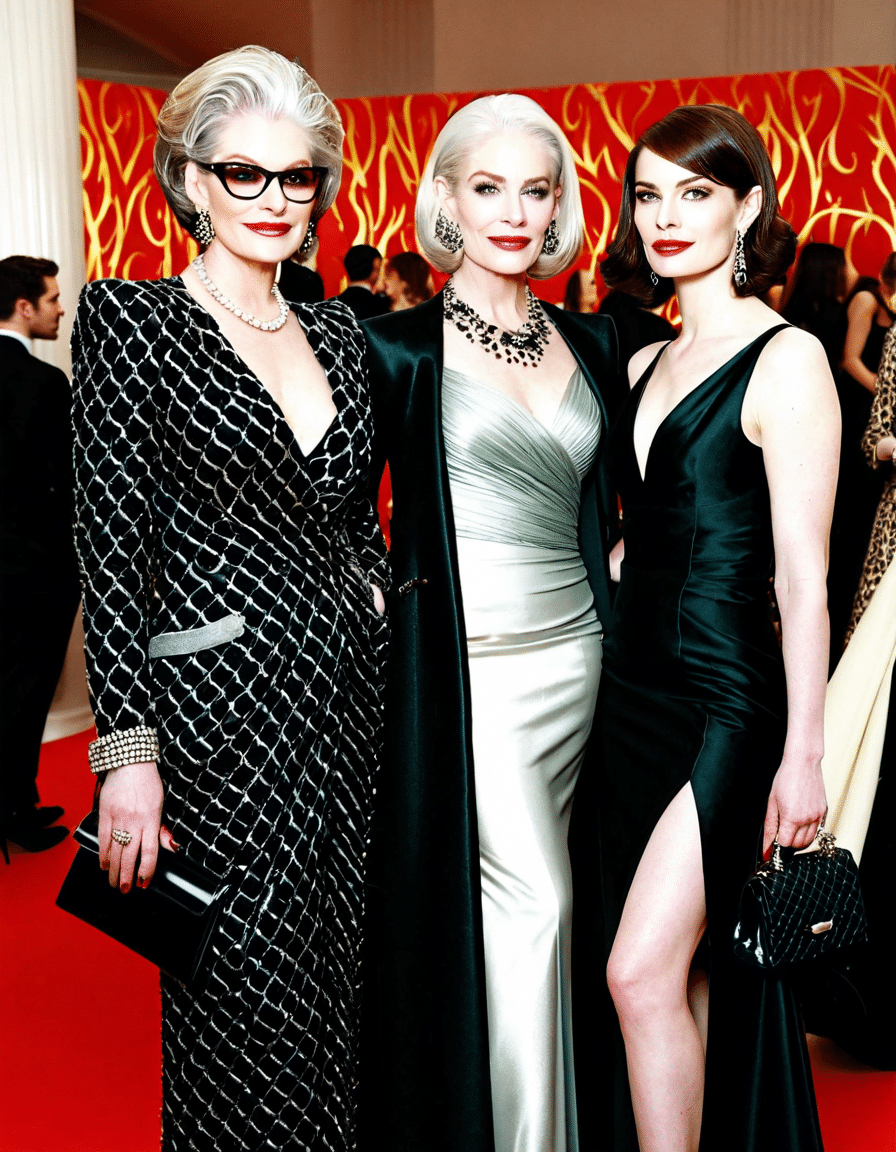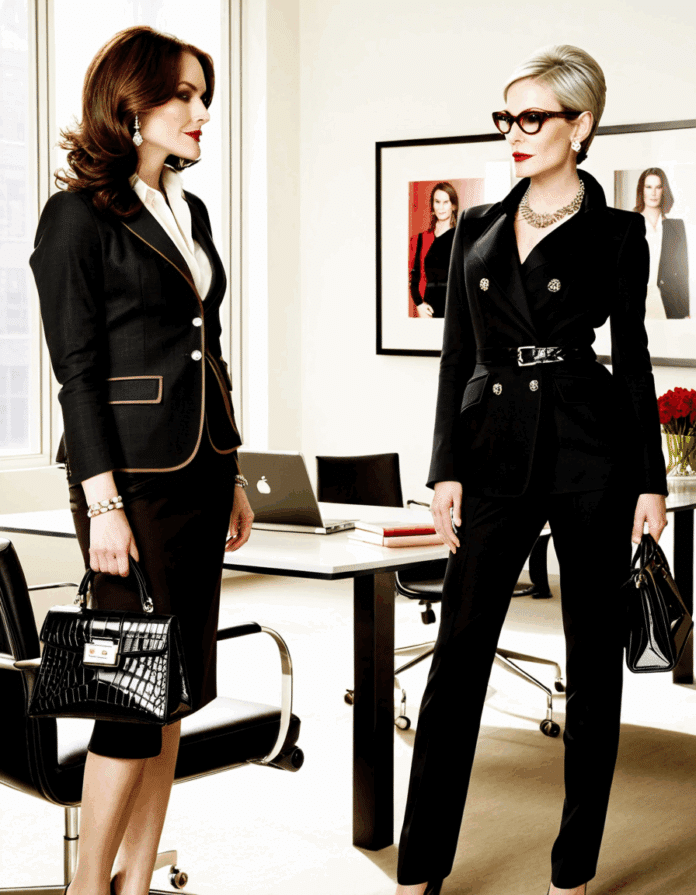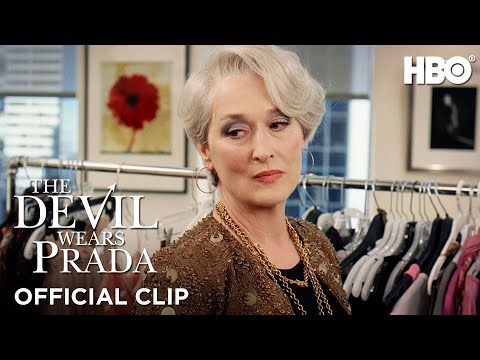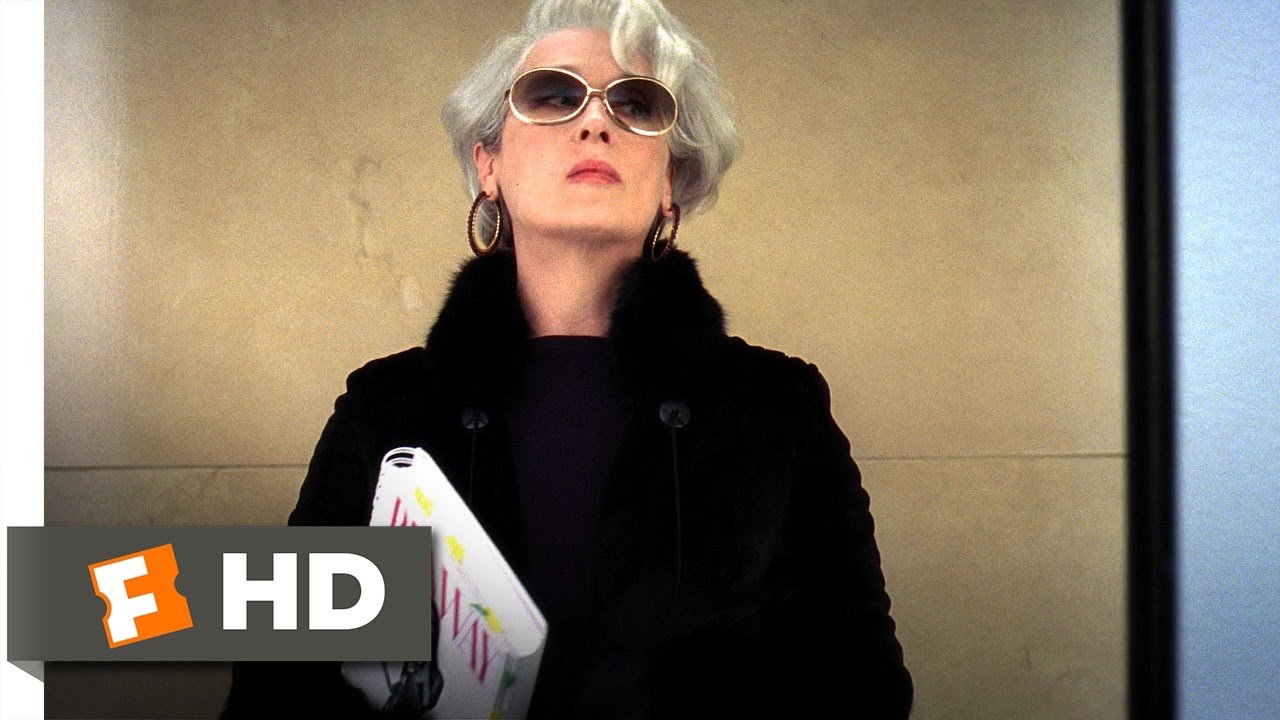“The Devil Wears Prada” isn’t just a movie — it’s a cultural touchstone that has very much defined the fashion landscape since its release in 2006. Inspired by Lauren Weisberger’s novel, the film stars Anne Hathaway as Andy Sachs, a recent college grad who lands a job as an assistant to the powerful and notoriously exacting editor-in-chief of Runway magazine, Miranda Priestly, brought to life brilliantly by Meryl Streep. As Andy descends into a world filled with high fashion and fierce competition, the film unfolds many lessons that ripple through both the fashion industry and beyond. If you have any interest in fashion, work culture, or the trials and tribulations of making it in a demanding environment, this flick’s got juice!
Let’s journey through the massively impactful lessons from “The Devil Wears Prada” that have revolutionized not only fashion but the way we perceive success, adaptability, and personal branding. You’ll be surprised at what you might learn!
Top 6 Lessons from “The Devil Wears Prada” That Revolutionized the Fashion Industry
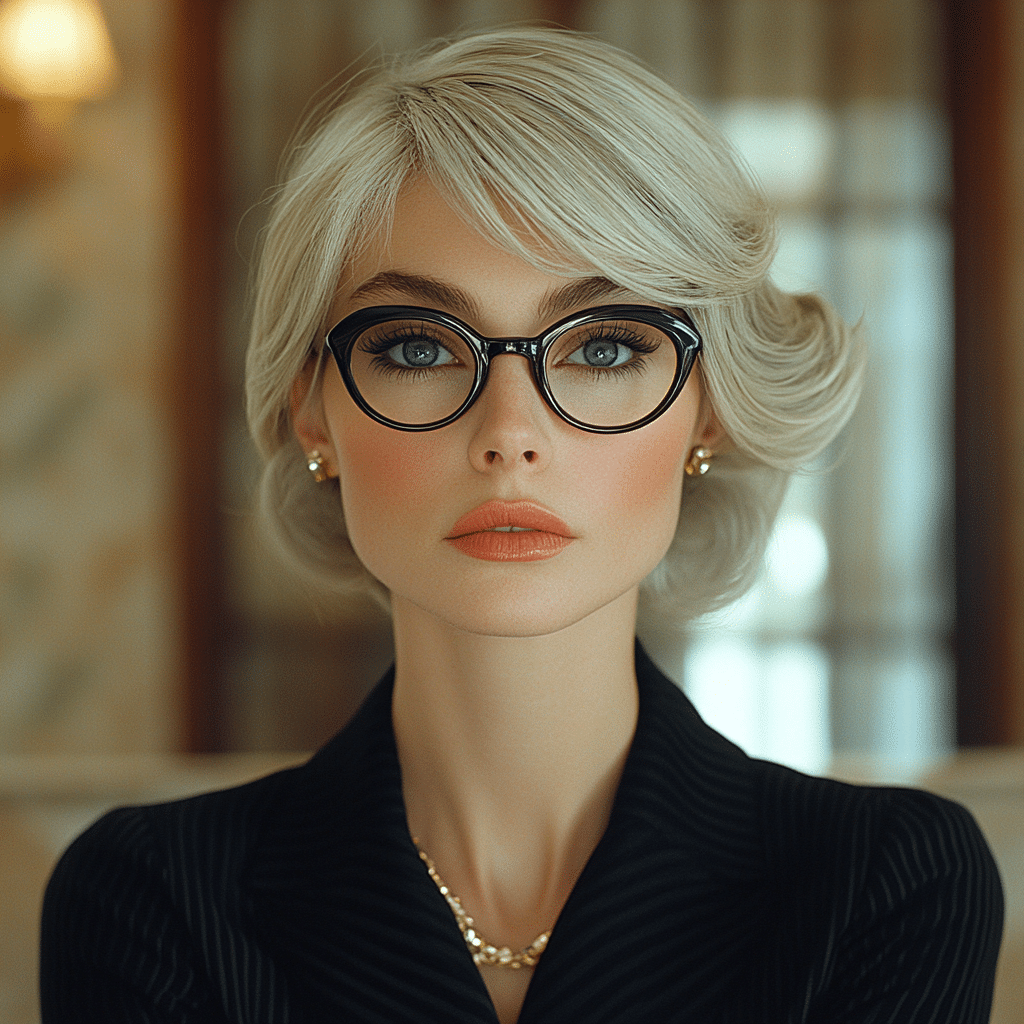
1. The Power of Personal Branding
Miranda Priestly, with her chic wardrobe and razor-sharp wit, embodies the essence of personal branding. This is especially true in the fashion landscape, where your image defines you. Just look at noted figures, such as Anna Wintour or Karl Lagerfeld — they didn’t just sell clothes; they sold a lifestyle. Their distinct styles and unapologetic attitudes created powerful brands that resonate not only with consumers but with budding fashion professionals too. If you want to stand out in your career, take a cue from Miranda: define who you are, and don’t shy away from showcasing that unique flair.
2. Embracing the Art of Adaptability
One of Andy’s biggest takeaways on her journey is the necessity to adapt fast. She transforms from a timid assistant to a fashion-savvy pro, thanks to her willingness to face change head-on. In today’s fast-paced fashion world, adaptability is everything! Think of brands like Balenciaga, which constantly reinvents itself to keep pace with ever-shifting consumer tastes and upcoming technology. Sure, it’s tough to keep up, but being flexible can make all the difference in staying relevant.
3. Fierce Competition and Innovation
The film brilliantly highlights high-stakes competition. The rivalry among major fashion houses creates innovation — and you gotta love a bit of that friendly rivalry! Take Gucci and Prada; they’re always pushing one another with unexpected collaborations and audacious designs. It’s a cycle of inspiration that shows how competition is fuel for creativity and growth in the industry. So the next time you think about fashion, remember: fierce competition is what helps it evolve.
4. Navigating Workplace Dynamics
Workplace dynamics are often tricky, and “The Devil Wears Prada” showcases that perfectly! The push-and-pull between employees and big wigs like Miranda may seem harsh, but it mimics real-world experiences. Research suggests that mentorship — yes, even tough love — can pave the way for resilience in aspiring professionals. At firms like Condé Nast, this kind of mentorship drives passionate talents towards greatness. So next time you face a daunting mentor, remember: they’re shaping you, even if it hurts!
5. Appreciating the Craft of Fashion
“The Devil Wears Prada” is more than just a story about fashion; it’s a celebration of the artistry involved. The film highlights not just the clothes, but the designers behind them. Today, sustainable fashion is on the rise — look at brands like Stella McCartney, which marry environmental ethics with beautiful designs. As fashion evolves, appreciating the artistry of creating clothing that respects both aesthetics and ethics becomes even more essential.
6. Redefining Success in Fashion
Andy’s journey is all about reshaping what success truly means in the industry. It’s not merely about power or prestige, but rather about personal fulfillment and authenticity. New designers like Telfar Clemens exemplify this shift. They prioritize community-oriented initiatives, focusing less on traditional metrics of success. This evolution reshapes how we define “making it” in the hectic world of fashion.
The Lasting Impact of “The Devil Wears Prada” on Fashion Trends
Since its 2006 debut, “The Devil Wears Prada” has left a significant mark on fashion trends. Ever since, there’s been a surge in tailored suits, oversized sunglasses, and luxurious — but functional — accessories reminiscent of iconic fashion moments in the film. It kicked off a renewed interest in not just the glamorous images but the experiences attuned to elite fashion events, making these occasions coveted rather than simple promotional tools.
The film also launched serious discussions around workplace culture, particularly issues of gender dynamics in high-pressure industries. Influential publications and fashion brands have since shifted focus, emphasizing employee well-being and diversity — lessons learned from Angela’s story, which surprisingly resonates in many fields today.

Final Thoughts on “The Devil Wears Prada” Legacy
The cultural legacy of “The Devil Wears Prada” extends far beyond the silver screen. It’s a narrative that invites us to analyze not just the vast changes in the fashion industry but also the personal transformations we undergo. The takeaways about personal branding, adaptability, and complex workplace relationships continue to resonate loudly. As new designers step into the limelight and established brands continue to innovate, these messages remain clear — fierce determination and authenticity will prevail in fashion’s ever-evolving landscape. This film has entertained us, but more importantly, it continues to inspire generations of fashion enthusiasts and industry leaders alike.
So, what are you waiting for? Put on your favorite outfit, pour yourself a glass of something lovely, and remember: fashion is not just what you wear, but how you carry yourself! And if you’re keen to dive deeper into pop culture, don’t forget to check out the latest from the Daily Daily show or the fascinating transition of classics like A Clockwork Orange. It’s a fabulous world out there!
Devil Wears Prada: Journey into Fashion’s Fierce World
Behind the Scenes
Did you know that The Devil Wears Prada is partially based on real-life experiences? The author, Lauren Weisberger, drew inspiration from her time working for Anna Wintour, the legendary editor of Vogue. This powerful connection gives the film an authentic edge, portraying the cutthroat fashion industry. Surprisingly, the movie features cameos from various designers and models. Just like how Verizon Business has integrated different sectors to enhance their services, the film showcases the collaboration and sometimes rivalry within the fashion community.
Plus, let’s not forget the amazing performances! Meryl Streep received a Golden Globe and an Oscar nomination for her portrayal of Miranda Priestly, proving that she could handle the sass and intensity just like legendary musicians such as Little Richard, who rocked the stage with fierce energy. Fans of the fashion world have also noted how the storyline mirrors the rise and grind found in numerous career paths.
Quotes That Stick
One of the film’s most iconic lines is, “That’s all,” delivered by Streep. This snappy remark perfectly encapsulates the cutthroat nature of the industry. Similarly, in the McDonald’s JJK, quick wit and catchy phrases often reign supreme, captivating audiences everywhere. Each phrase in The Devil Wears Prada is loaded with meaning, reflecting the unvarnished truth about ambition and sacrifice in a world that demands the best.
Moreover, the fashion faux pas and stunning transformations of Anne Hathaway’s character, Andy Sachs, serve as a reminder of personal growth—an important lesson for anyone, whether figuring out What Is an REIT or gearing up for a big job interview. Fashion, at its best in this film, is not just about the clothes but about the confidence they instill.
Cultural Impact
Since its release, The Devil Wears Prada has become a cultural touchstone, inspiring countless memes and parodies. Even today, folks still ask, Is there going To be a recount on Friday? referentially when discussing the film’s decisive moments. Just like Lance Kerwins impactful roles in his projects, the film’s legacy continues to influence upcoming fashion-centric narratives in Hollywood.
And let’s not overlook the soundtrack, which enhances the movie’s vibes, transporting viewers into its glamorous yet gritty fabric. It’s a captivating ride through high stakes, just like how every successful business—like many collaborations with Verizon Business—thrives on striking the right chord at just the right time. The Devil Wears Prada definitely holds its own, weaving a narrative that is both relatable and aspirational. So grab your favorite fashion piece and dive back into this iconic film; who knows what you might rediscover?
